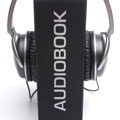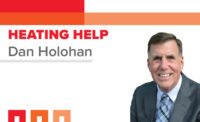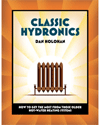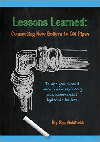
Dan Holohan
I was walking down Lexington Avenue in Manhattan the other day when I noticed this young woman who was staring at her upheld hands and about to crash into me. I altered my course a few inches and she raced by. She was texting.
That got me noticing the other people around me. I’d say three-quarters of them were either talking on their phones or typing on their phones. This is the new normal. We want to talk with, or text with, anyone we’re not currently with, and at the expense of whomever we are with, but that’s OK because he or she is doing the same.
It’s normal. We just text and walk into traffic - and manholes.
I also was on the phone while walking down Lexington, but I watched where I was going and I wasn’t talking; I was listening to a book.
I’m a writer. Reading is a huge part of my job, and I’m not suggesting you do what I do, but you might want to give it a try because the people in those books have much to say, and they don’t make your thumbs tired.
Every year on the first of January, I set out to read 100 books before the year ends. I don’t always make it, but I usually get very close. I’m not a speed reader; I just take advantage of technology. I use a Kindle, an iPhone (which syncs to the Kindle) and Audible.com. I listen while I’m walking, exercising and driving. I read while I’m in line at the store. I read at least three books at the same time. I know I’m ridiculous when it comes to this, but it’s how I get to learn from so many people.
I just finished the following books, and they’ve helped me through these challenging times. I offer them to you because I think they will help you as well. It’s up to you, of course.
Will it still be relevant? If not, why? And what are you doing about it right now?




